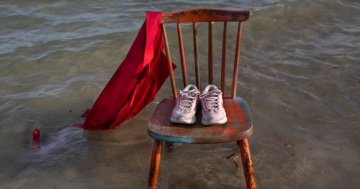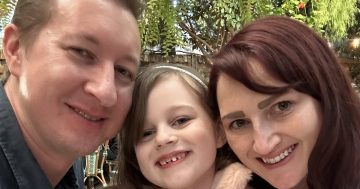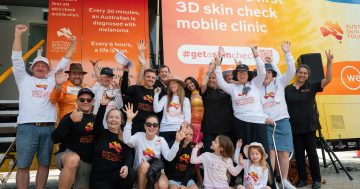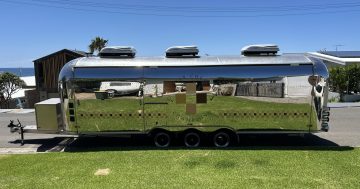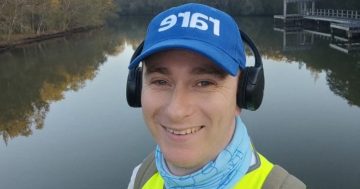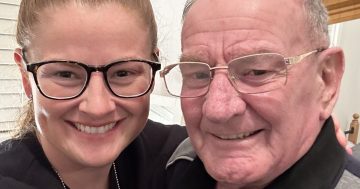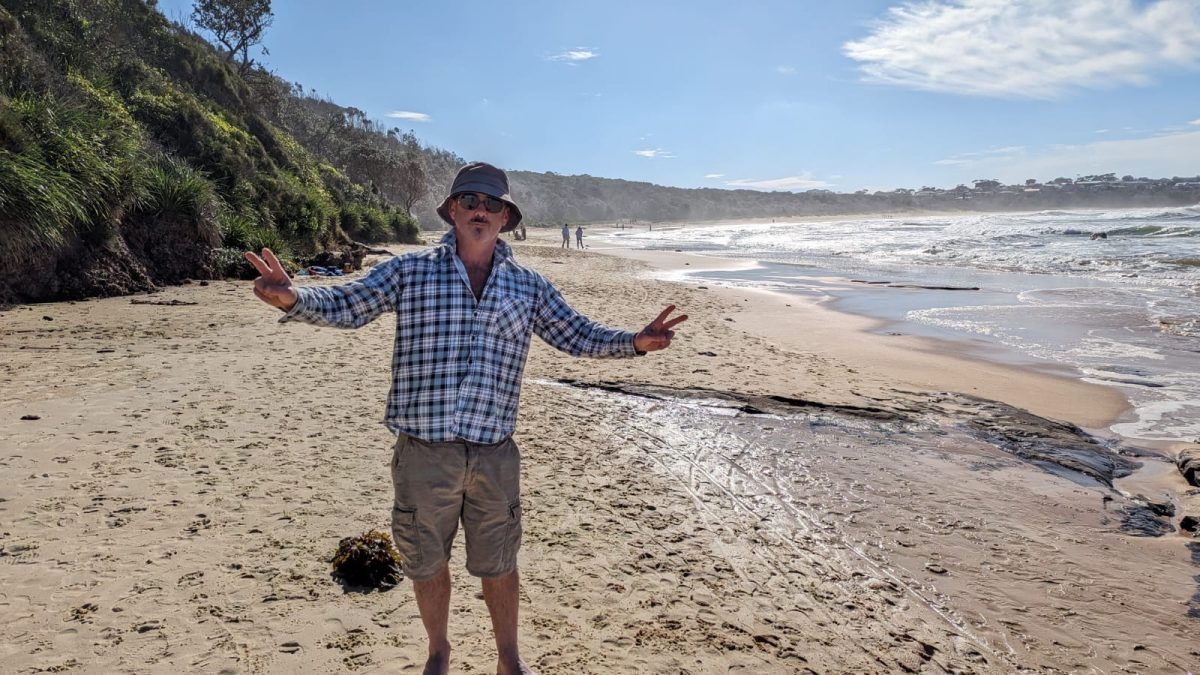
Brendan Hannah is even more careful about covering up in the sun since a skin cancer threatened his life. Photo: Supplied.
With melanoma in the family, former Shellharbour surfer Brendan Hannah understood the importance of sunscreen and hats.
But when he was struck with cancer at age 29, it was going bald that raised the alarm.
When his thick locks of red hair started falling out, a mate noticed a large, black mole on the top of Brendan’s scalp that turned out to be a melanoma.
It is the deadliest form of skin cancer that develops in the skin’s pigment cells and can spread via the blood and lymphatic system to organs including the lungs, liver and brain.
“I wasn’t too worried at the time because my father had a melanoma on his shoulder cut out and it has never returned,” says Brendan.
“My skin specialist in Sydney cut mine out and I was right for about four years.”
But Brendan wasn’t right. It was 2003, a year that would herald in a decade of hospital procedures that could do little to stop the cancer from spreading throughout his body.
“I knew I was in trouble because I saw a lot of specialists and they pretty much said that beyond cutting out the visible cancer there was nothing they could do once it gets away.”
After years of bad news, a ray of hope finally broke through in 2013 when he was offered a place in an immunotherapy trial.
Immunotherapy is a broad term for treatments that stimulate a patient’s immune system to attack cancer cells.
By then he had tumors in his stomach and lungs.
Brendan travelled to Westmead Hospital in Sydney every fortnight for nearly two years to receive intravenous doses of a drug developed in the US by the multinational pharmaceutical company Merck.
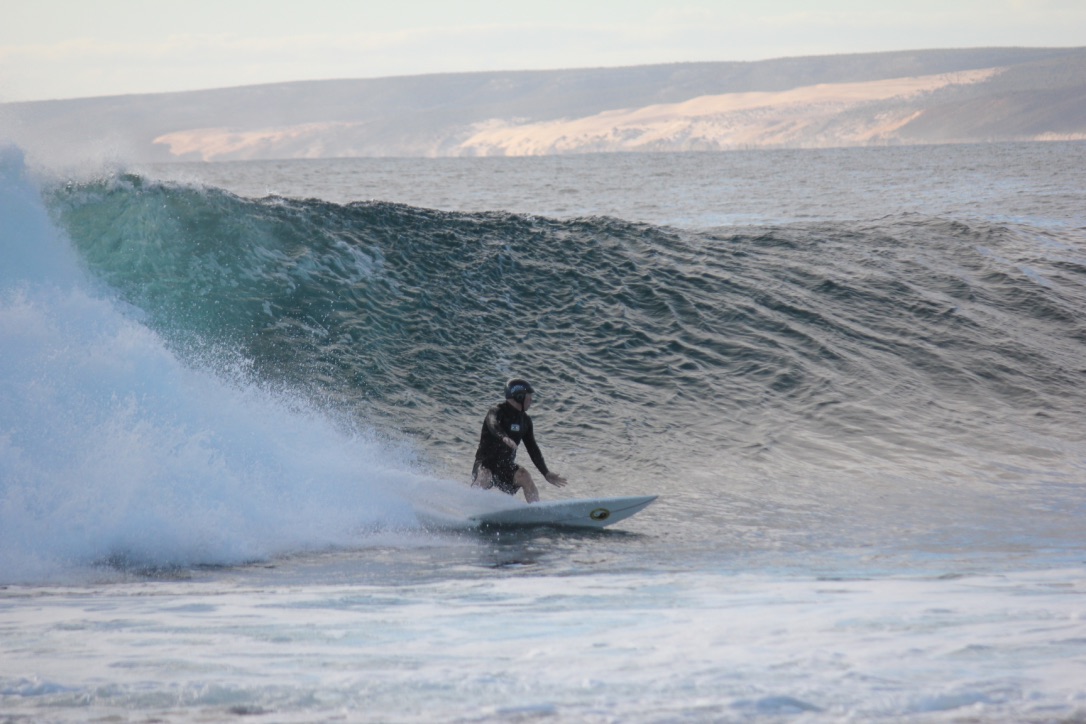
Brendan now wears a cap when he’s surfing. Photo: Supplied.
It belonged to a class of drugs called checkpoint inhibitors which fortifies T-cells to fight off cancer cells with a more potent immune response.
“The trial involved no placebo, which was great because I knew that would mean I was at least getting some treatment,” says Brendan.
“The specialists kept the explanation simple – they said the body’s immune system is constantly fighting off foreign cells but the drug I was receiving highlighted the cancer cells early so my immune system could detect and eradicate them.
“It didn’t take long before I could see on the scans things were heading in the right direction.”
After the trial ended, Brendan was scanned for cancer every six months for a decade, which he recently completed.
The treatment does not work for everybody, however researchers continue to work on how to overcome that obstacle.
Now 54, Brendan lives between Manyana on the South Coast and Port Hedland in WA, where he works as an electronics engineer.
He says maintaining mental strength is a challenge for most cancer patients, and he achieved that largely through support of family and meditation, which he still practises today.
“People like Melbourne vet, Dr Ian Galler and cyclist Lance Armstrong were my inspirational role models for positivity throughout the ordeal,” says Brendan.
He acknowledges surviving the cancer has changed him, in some ways for the better in that he has a stronger sense of gratitude.
“I’d like to pay tribute to all the health professionals and their staff who I dealt with across Australia who were first-class,” he says.
Brendan still surfs but he now protects his head from the sun with a cap available in most surf shops.








